07-19-Daily AI News Daily
AI Daily Briefing 2025/7/19
The AI Daily Briefing is your go-to source, updated sharp at 8 AM, for all-encompassing data aggregation, cutting-edge scientific exploration, industry insights, open-source innovation, and a deep dive into AI’s future with humanity. Access Web Version↗️
AI Content Summary
**OpenAI's ChatGPT Agent** has dropped, signifying AI's hands-on approach to complex tasks.
**Moonshot AI's Kimi** also rolled out its tool-calling feature, evolving into a real problem-solver.
**Tencent Yuanbao** now deeply integrates with QQ Music, while **Figure** developed its own robot battery, drastically cutting costs.
**Tesla's self-developed Dojo 2 chip** aims for computational freedom, and **Meta** is restructuring its team to chase AGI.
Meanwhile, the first **AI malware, LameHug**, emerged, using large models to steal data and ringing alarm bells.AI Product & Feature Updates
- OpenAI’s ChatGPT Agent just dropped, and seriously, is this thing about to completely flip the script on how we work? This ain’t just your typical chatbot anymore; it’s here to roll up its sleeves and get things done for you! This new breed of AI seamlessly blends web browsing, in-depth research, and code execution. Think about it: it can autonomously browse the web, compare product prices, and even whip up entire PPTs on its own. OpenAI is proudly boasting that its overall performance has crushed rivals in multiple benchmarks. Plus, it’s got a thoughtful “guardian mode” built-in, so it’ll always ask for your permission before tackling any high-risk operations. Looks like the revolutionary era of AI moving from “talking” to “doing” is officially here. Get ready to rethink and rebuild your personal workflow!
- Not to be outdone, Moonshot AI’s Kimi has also rolled out its super powerful Kimi Playground, living up to its “walk the talk” philosophy. Thanks to its brand-new Tool Calling core capability, Kimi has shed its old “armchair expert” image and transformed into a real “craftsman” who can roll up their sleeves and tackle practical problems. Developers can now easily plug into all sorts of external tools on this platform, just like building with LEGOs—think weather inquiries, data analysis, web searches, you name it. It can even help AI automatically plan complex travel routes or dive deep into financial reports. This huge leap forward signals that Kimi is evolving from just a massive “information database” into a true “problem-solver.” Go ahead, experience the joy of having AI work for you - AI News!

- Tencent is making some serious moves to flesh out its massive AI ecosystem, and the latest one is a game-changer: the Tencent Yuanbao App has officially hooked up with QQ Music, seamlessly linking AI assistance with music content. After this deep integration, you can now use it for “needle in a haystack” fuzzy song searches, get smart music recommendations based on your current vibe and mood, and even enjoy the super cool “highlight-to-play” feature right within your chats! This clever move transforms the AI assistant from a cold, distant Q&A machine into a “digital DJ” that truly gets you. It also clearly signals that Tencent is going full throttle on marrying its cutting-edge AI tech with its huge content empire.
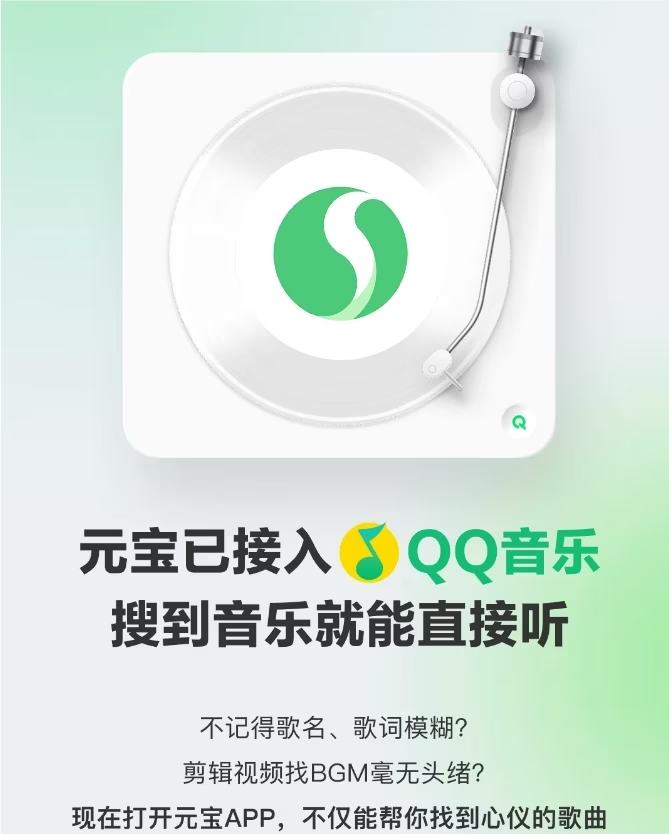
- The AI music creation tool, Suno, just dropped its “modded” v4.5+ update, practically obliterating the barrier to entry for music production. This new version packs a punch with some jaw-dropping features, like one-click vocal replacement (want AI to re-sing your lyrics? Easy peasy now!), and backing track reversal (not feeling the auto-generated arrangement? Go ahead and tweak it yourself!). But the coolest part? It can even “draw inspiration” from your favorite playlists to auto-generate brand-new songs in a similar style. This isn’t just about simple AI generation anymore; it’s about handing everyone the potential and opportunity to become a “platinum producer.” Click to Experience - AI News.

- Figure, a powerhouse in humanoid robotics, isn’t just good at “making people” anymore; now they’re building “hearts” for their own robots! Their freshly launched F.03 robot battery system is a total game-changer, achieving mind-blowing vertical integration from design to manufacturing, all handled by their in-house team. This revolutionary new battery system not only slashed production costs by a whopping 78% but also jacked up energy density by an astonishing 94%, enough to power robots for up to 5 hours of high-intensity, “rave-like” operations. This isn’t just a massive leap in battery tech; it’s Figure paving the way for future mass production of robots, strongly proving that “core tech must be kept in-house.” Check out the Official Introduction - AI News here.
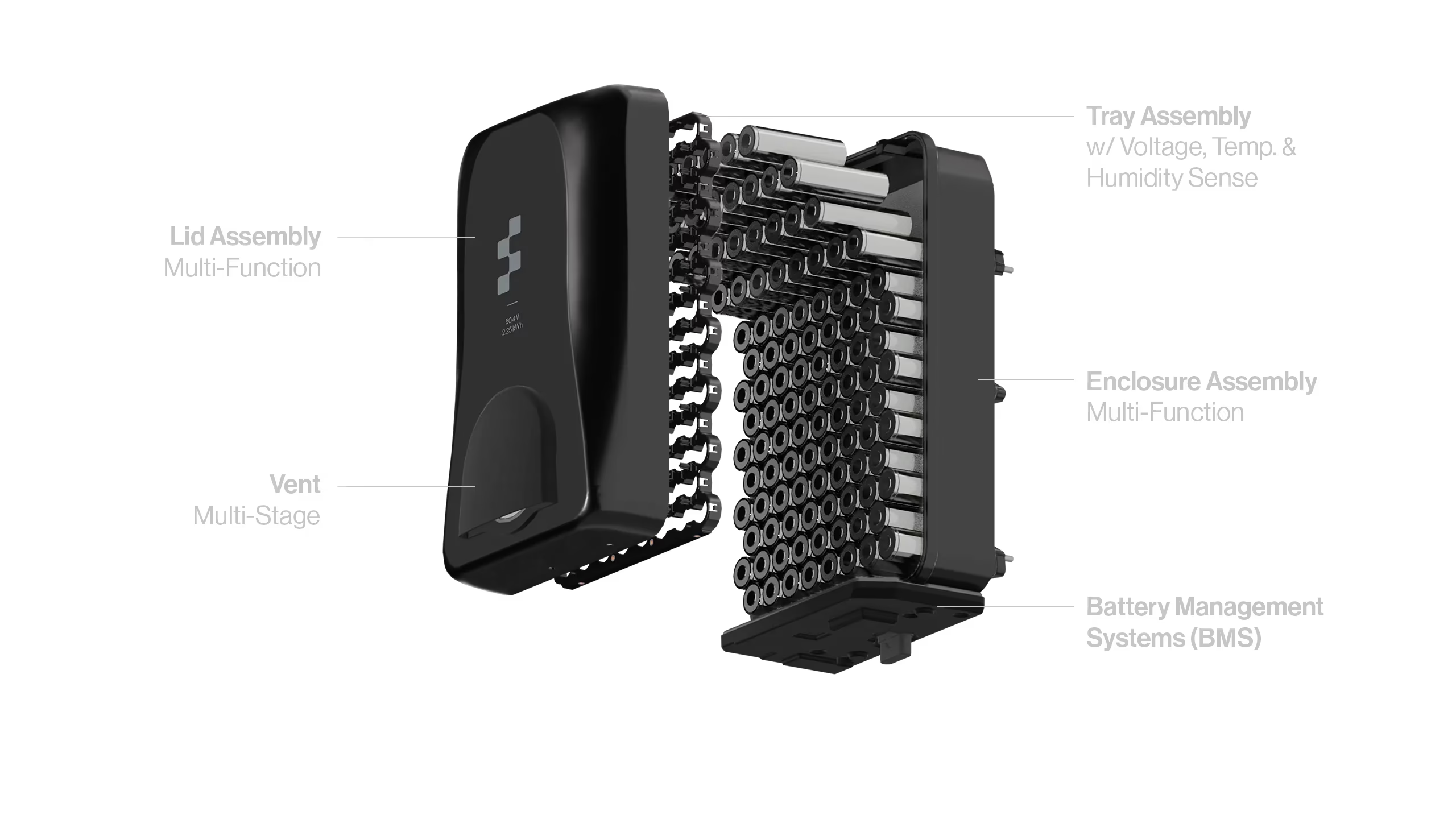
Cutting-Edge AI Research
- Still tearing your hair out over making PPTs? Well, a research team from several top-tier universities just dropped a bombshell: PresentAgent. This multimodal agent can transform any dull document into a presentation video complete with professional narration, all with just one click! What makes it a powerhouse is that it doesn’t just churn out a few static slides. Instead, it acts like an experienced human presenter, autonomously planning content structure, meticulously designing visual elements, and generating synchronized voice-overs. It can effortlessly turn a dense academic paper into an engaging and lively talk. This groundbreaking research not only proposes a new framework for evaluating such AI but also hints that our future methods of acquiring and disseminating knowledge might be completely revolutionized. Dive deeper here: AI News: Paper Address.

Is the era of “prompt engineering” becoming a thing of the past? Now, the cutting-edge trend in AI is all about “Context Engineering.” A freshly published, significant AI News: Key Review Paper officially defines this emerging field. It systematically explores how to feed information to LLMs more efficiently and precisely, covering a range of advanced “feeding” techniques from RAG to complex multi-agent systems. After deep-diving into over 1300 related studies, the paper reveals a thought-provoking phenomenon: today’s AI models are top-tier comprehenders who “get human language,” but when it comes to “speaking human language”—especially generating complex, long-form content—they still stumble like clumsy beginners. Bridging this massive gap between “knowing” and “doing” will be one of the core challenges for AI’s future development.
How can we get AI to learn true logical reasoning, instead of just rote memorization from massive datasets? A recent study offers a rather philosophical answer: teach it to think fundamentally, like the granddaddy of computers—the Turing Machine. Researchers innovatively introduced the TAIL (Turing Machine Imitation Learning) method. By guiding LLMs to imitate every atomic step of a Turing machine’s task execution, they significantly boosted the model’s length generalization capabilities when tackling super long sequence problems. It’s like teaching students the underlying logic and first principles of problem-solving, rather than just drilling answers. This work might just be lighting up a “back to basics” path for solving the reasoning bottlenecks LLMs currently face. Check out the AI News: Paper Here.
AI Industry Outlook & Social Impact
Elon Musk is at it again, painting grand visions, but this time, his “brags” might actually be coming true. Reports say Tesla’s self-developed Dojo 2 chip is about to hit mass production, with performance allegedly ten times better than its predecessor, putting it hot on the heels of NVIDIA’s flagship B200 chip. This leap means Tesla’s FSD autonomous driving training will completely ditch reliance on external suppliers, achieving total “compute freedom.” They might even spin up a new business model renting out that compute power down the line. Musk even joked that Dojo 2 could run Crysis at a billion frames per second, flexing its muscles with a legendary “GPU killer” benchmark. Talk about massive ambition to shake up both the AI and automotive industries! 💪
Mark Zuckerberg is giving Meta’s AI team a major overhaul, aiming to completely reshape its AI strategic landscape. A brand-new AI organizational structure, boasting over 3400 people, has emerged, centered around a highly anticipated, mysterious department: the “Superintelligence Lab.” Zuck isn’t just shelling out big bucks to poach top talent from rivals like OpenAI and Apple; he’s meticulously set up key departments for AGI research, AI products, foundational research, and next-gen Llama 5 development. It’s a full-on “all-in” battle stance, assembling massive forces for one decisive push. The whole world is watching to see if this huge gamble can help Meta gain an edge in the scorching-hot AGI race.
The double-edged sword of AI is becoming increasingly apparent, sounding a serious alarm for all of us. The first publicly documented AI malware, LameHug, has surfaced, and it’s a nasty piece of work, specifically designed to steal data from Windows operating systems. The most insidious part? It cleverly leverages Alibaba’s open-source Qwen large model to dynamically generate attack instructions, making it seem like a “digital thief” that can think independently and continuously evolve! 👾 This malware is currently spreading mainly through phishing emails. Its emergence signals that cyberattacks have officially entered the “intelligent” era, posing a severe challenge to all users and businesses: your future adversary might no longer be simple static code, but an AI capable of learning and adapting.
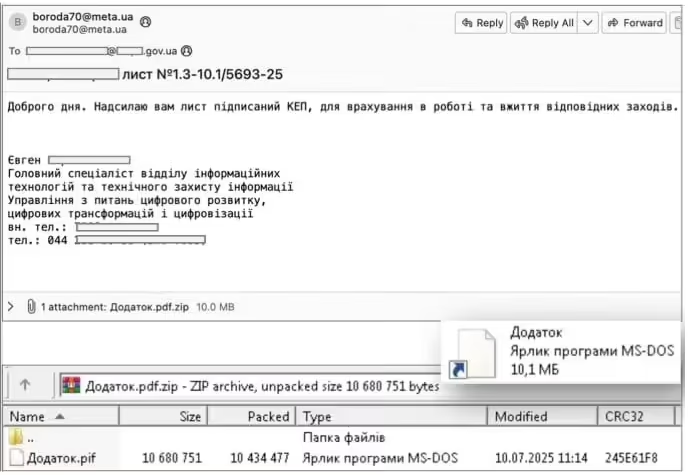
Top Open-Source Projects
Facebook Research’s star open-source project, AI News: segment-anything, has already racked up over 51,000 Stars on GitHub, making it a hot topic. It’s like the “Swiss Army knife” of image processing—super powerful and versatile, letting you “one-click cut out” any object you want from any image with simple interaction. The core strength of this general image segmentation tool lies in its incredible generalization ability; it can handle almost all types of images and objects, providing a solid and robust foundation for countless downstream computer vision tasks. It’s a must-have tool for any AI vision developer.
Is there finally a more reliable solution for the most annoying “hallucination” problem in AI models? Enter DocsGPT, an excellent open-source tool with 16,000 Stars, dedicated to providing accurate, reliable, and absolutely non-fabricated answers from your personal or corporate knowledge base. The key highlight of this tool is its ability to perform completely private local information retrieval, ensuring data security. Plus, it comes with an advanced agent system built-in, making it a tailor-made “exclusive fact-checker” and “never-lying expert consultant” for businesses and individuals. Check out the Project Address - AI News.
Riding the wave of OpenAI Agent’s major release, an open-source project named open_deep_research has rapidly gained traction in the community, racking up nearly 5,000 Stars in a short period. Although there’s not much project description available yet, its name clearly hints at its ambitious goal: to build an open-source framework for in-depth research and information synthesis. This project aims to upgrade AI from a simple Q&A machine to a powerful assistant capable of independently conducting complex research topics. It’s essentially the open-source community’s strong response to commercial closed-source products. Interested developers can follow its further development - AI News.
Social Media Buzz
Industry expert Baoyu pointed out incisively on his X platform that OpenAI’s recently released ChatGPT Agent isn’t just a breakthrough in a single technology; it’s more like a “three-in-one” super Frankenstein’s monster. It cleverly and seamlessly integrates three cutting-edge capabilities previously developed independently by the company: Operator (for web operations), Deep Research (for in-depth research), and Codex (for terminal execution). These now collaboratively operate within a secure virtual machine environment to tackle complex tasks. Baoyu shrewdly commented that this brilliant move effectively transformed scattered “special forces” capabilities into a highly combat-effective “combined arms brigade.”
Jike user “Guizang” stated that while OpenAI’s Agent grabbed massive attention, DecartAI’s MirageLSD real-time video model might just be the real showstopper from last night. This model can perform real-time style transfer on camera footage with an astonishingly low latency of just 40 milliseconds and supports infinite processing duration! For live streaming, video conferencing, and content creation, this is undeniably black magic. Behind it are major breakthroughs in cutting-edge technologies like Diffusion Forcing and History Augmentation, which successfully transformed AI real-time video generation from a distant “future promise” into an accessible “present reality.” 🤯
A Reddit user shared an incredibly profound conversation they had with ChatGPT, delving into the philosophical question of why humans possess subconscious “programs.” In their chat, ChatGPT offered a brilliant analogy, likening these subconscious behavioral patterns to “survival code” deeply rooted in our childhood experiences. The meaning and growth of life, it suggested, lie in consciously recognizing the existence of these old programs and actively learning how to “rewrite the code.” This insightful dialogue makes you truly marvel: AI can not only write computer code but also inspire you to understand your own “life code.” Talk about a true “cyber Zen master”! 🙏
orange.ai posted that on X, citing the latest statistics: the number of self-media creators in China has now blown past the 100 million mark! This colossal figure is even on the verge of outstripping the traditional white-collar class. This social phenomenon sparks a seriously deep thought: when content creation has morphed into a mainstream “production” method, have our traditional definitions of “factory” and “worker” become completely outdated? Perhaps, for this new generation of laborers, the vast, boundless cyberspace is their new assembly line, and keyboards and mice are their modern tools.
Attention, AI product developers! Senior observer Guizang (guizang.ai) posed a soul-searching question that cuts right to the chase of many current AI applications. He asked: If your AI product or Agent, despite using the same underlying model and meticulously designed prompts, still can’t consistently replicate functions that a general chat tool can easily achieve, then where exactly does your standalone product’s core value lie? This isn’t just a sharp question; it’s a “product value litmus test” that all practitioners should deeply reflect on, helping us return to our roots and ponder the essence of innovation.
Listen to the Audio Version of the AI Daily Briefing
| 🎙️ Xiaoyuzhou | 📹 Douyin |
|---|---|
| Reincarnation Tavern | Self-Media Account |
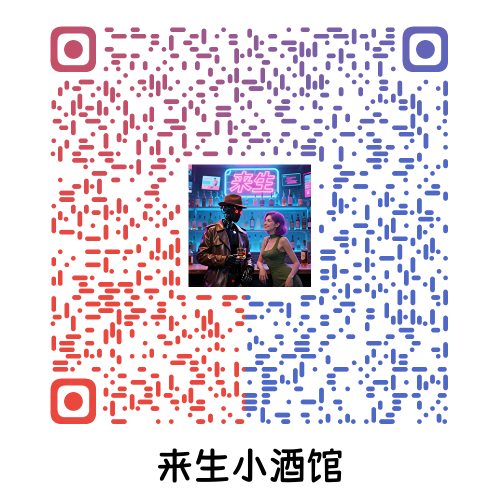 | 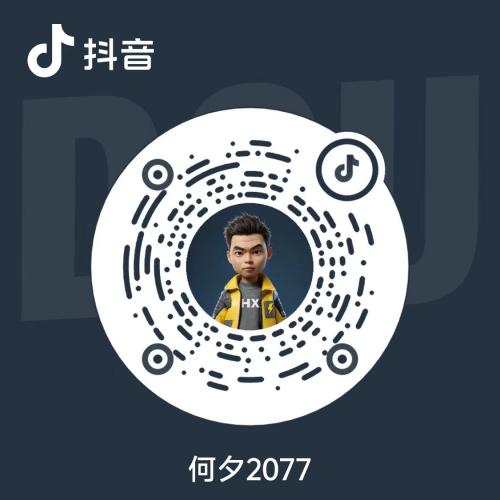 |